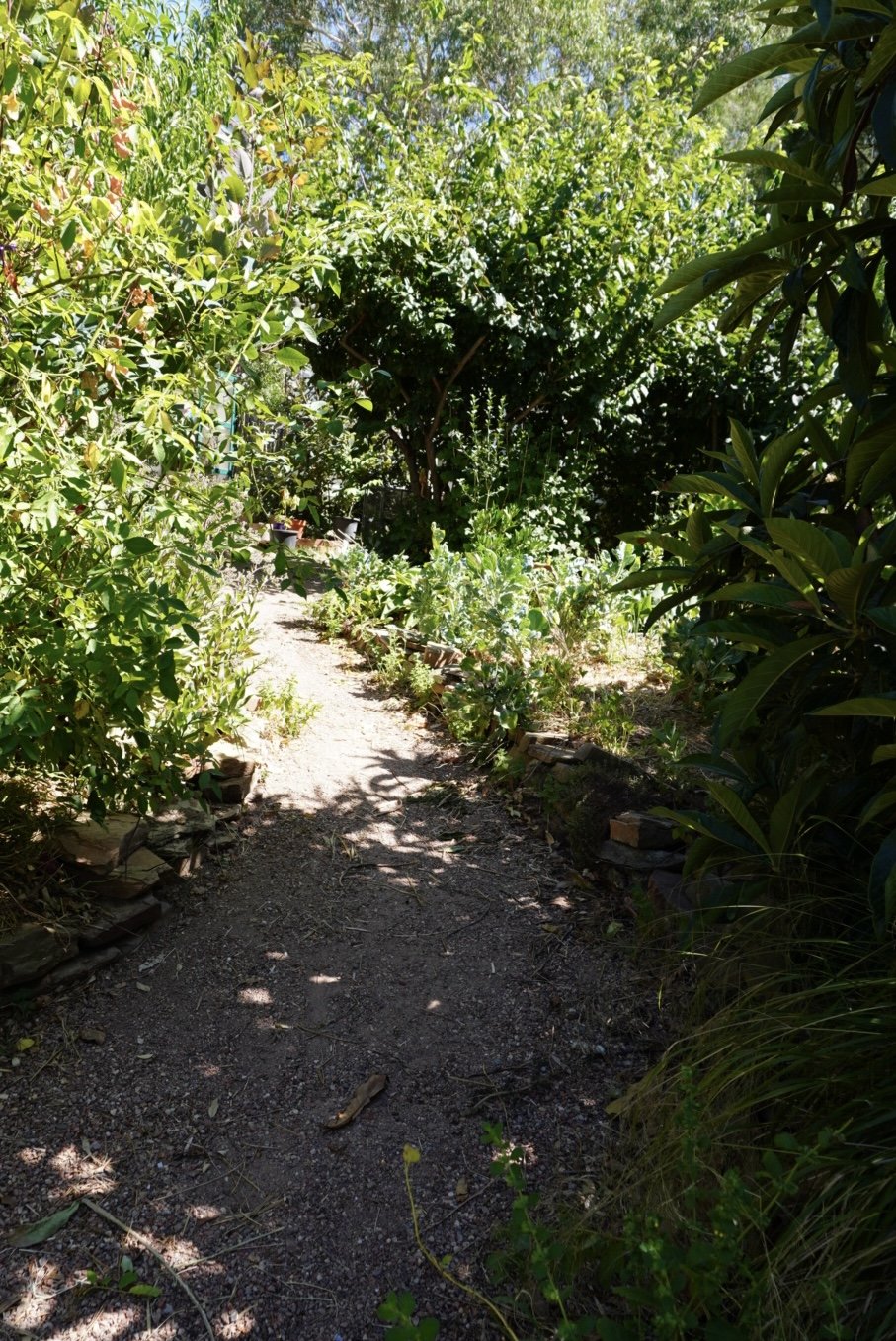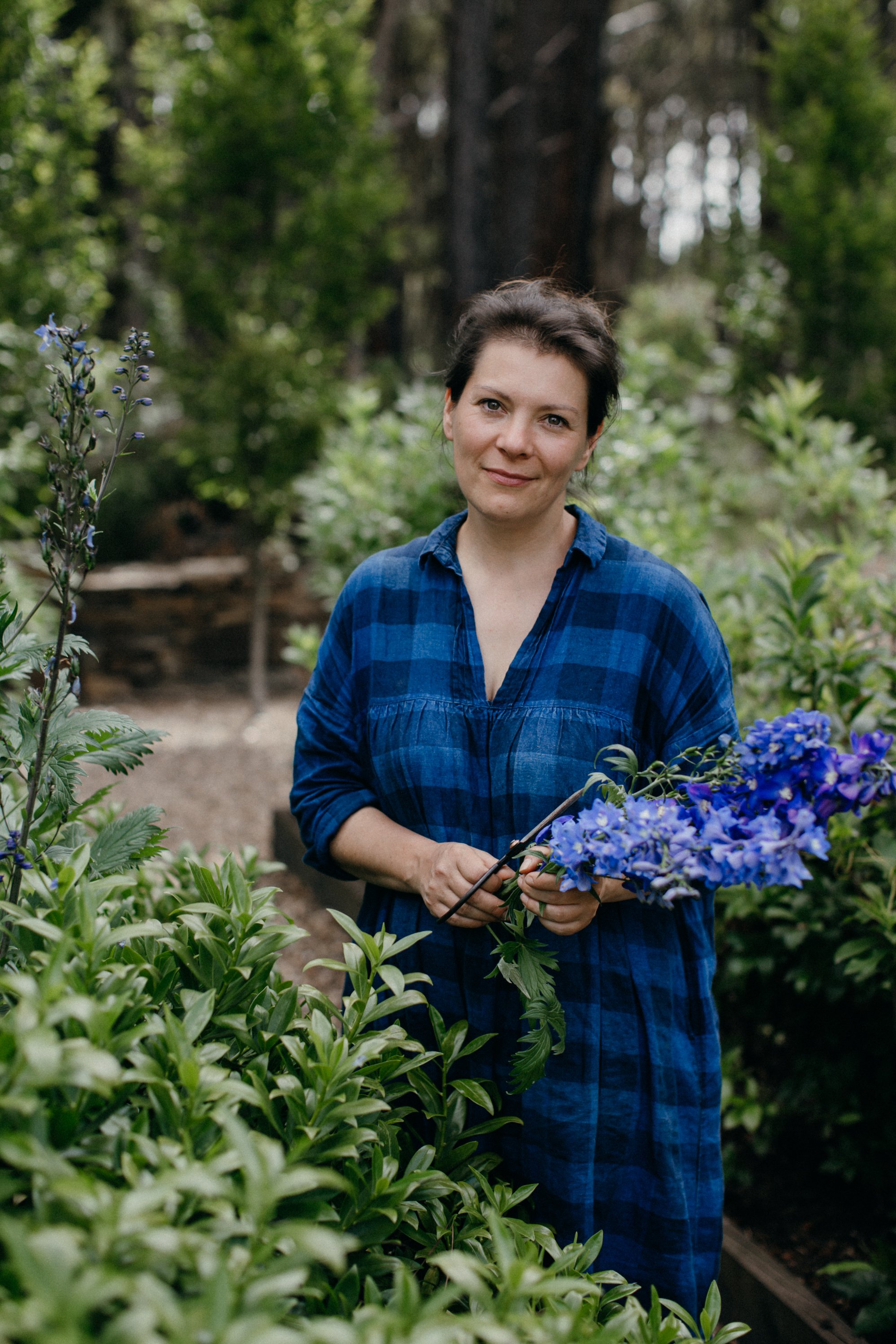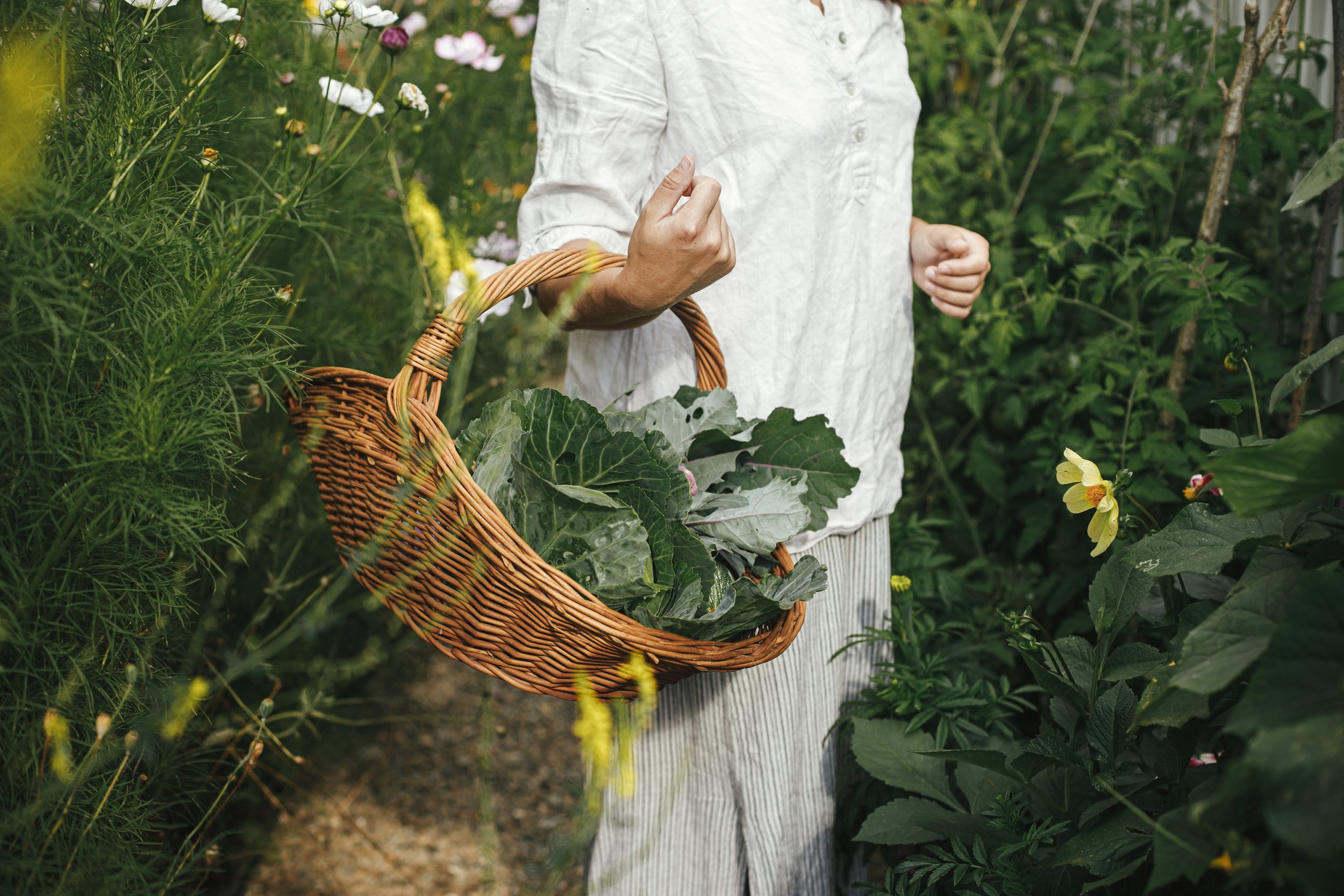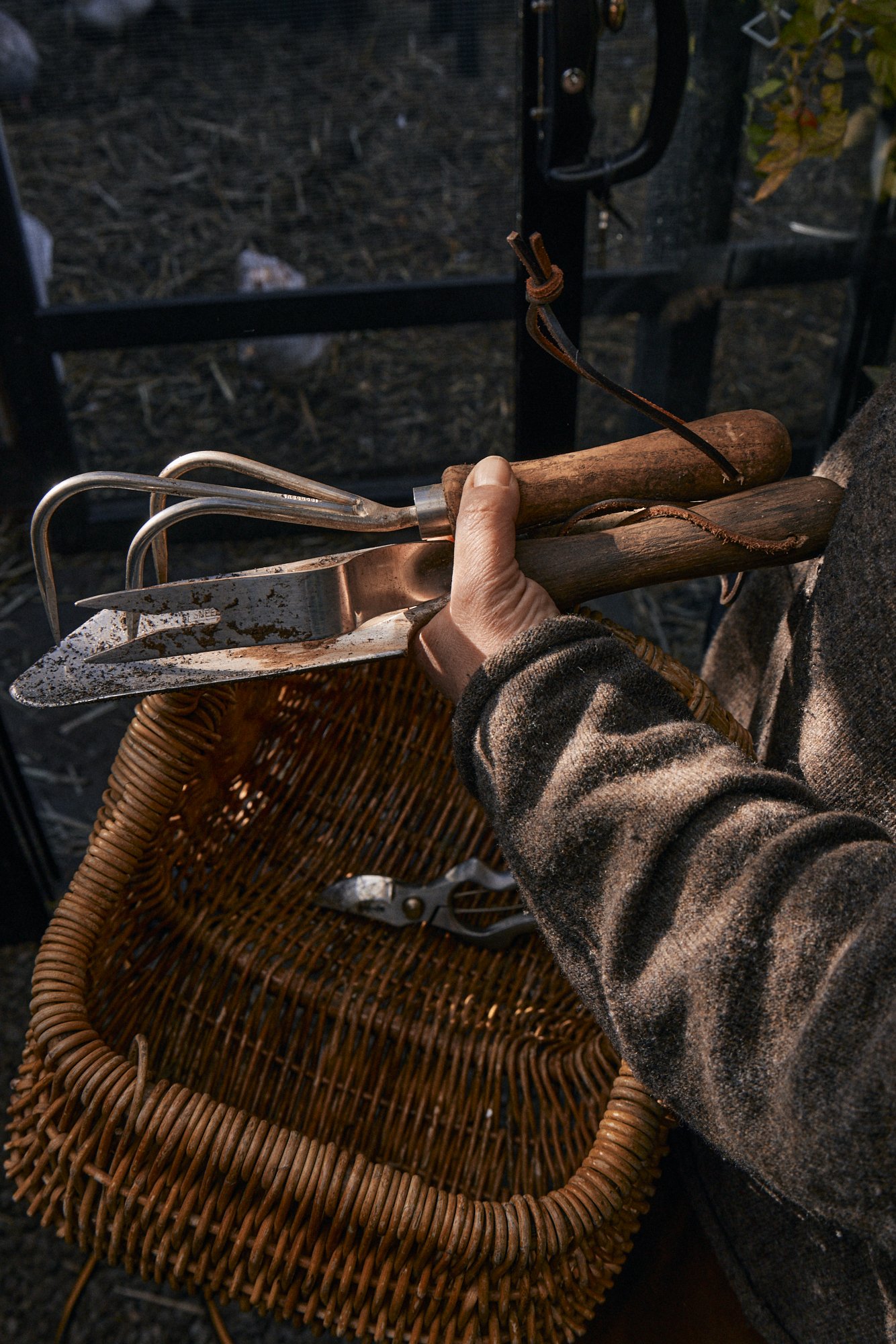Well, gosh, I am blown away!
What an incredible response to last weekend’s feature on Gardening Australia. It was such an honour to share my story on the My Garden Path segment—an opportunity to reflect on this journey, the lessons learned, and what defines for me a life well lived.
Since it aired, my inbox has been overflowing with the kindest messages. So many comments, DMs, and emails of support. People have even stopped me in the street to say how much they enjoyed it. (Side note: If you do bump into me and I look a little awkward or laugh nervously, it’s because—maybe surprisingly—I’m actually an introvert! I love these conversations, but I’m not sure I’ll ever acclimatise to the attention.) Please know, though, that it means the world to me when you take the time to say hello, introduce yourself, or share your own story. Knowing that what I do resonates with others—that it sparks something in this crazy world—makes my day. More on that another time…
And then there are another 1000+ of you lovely humans who have found me for the first time since the episode aired! It’s truly wonderful to have you here.
A Space for Sharing, Learning, and Living Well
My hope for this space—whether you’ve been following along for years or have just arrived—is that it becomes a place where I can share the journey, skills, and knowledge I’ve built over a lifetime.
The past 12 years have been a lesson in what it really means to live well. Moving to the country, creating Oak & Monkey Puzzle—an idyllic, internationally recognised garden—navigating a pandemic, and now settling into my next chapter on a small block in Daylesford, squeezing in the very best of those country life lessons. Along the way, I’ve learned that true success has nothing to do with material things. Instead, it’s about the richness of experience, the rhythm of the seasons, and the deep contentment found in tending the land and sharing what I love.
I’ve grown more comfortable in my own skin. I’ve come to understand what an incredible gift it is to be called to the land, to plunge my hands into the soil, to create spaces that nourish both people and place. I’ve found the greatest joy in collaboration, conversation, and sharing knowledge—in those simple moments that remind me I’m exactly where I’m meant to be. The making of spaces. The passing on of skills. The quiet but profound reminder that what I do matters.
For those of you who are new here—welcome. It’s so so good to have you here. Please do reach out, say hello, and let me know what brought you here.
And if you didn’t get a chance to catch the full Gardening Australia episode, I’ve popped it right here for you to watch.
You may want to check my related content below:
Designing Gardens For All Seasons – Explore how to create a garden that evolves beautifully throughout the year.
My Favourite Ornamental Grasses: Movement, Texture, and Year-Round Interest – Discover how ornamental grasses like Miscanthus, Panicum, and Calamagrostis bring dynamic beauty to your garden through all seasons.
Explore my workshops:
~ Garden Design with Natasha Morgan – Craft a garden that balances structure, beauty, and functionality.
~ The Productive Garden with Natasha Morgan – Learn how to grow abundantly, no matter your space.
~ The Wicking Bed Garden with Natasha Morgan – Build a self-watering, water-wise garden for effortless growing.
~ Preserving The Seasons with Natasha Morgan – Capture seasonal flavours with time-honoured preserving techniques.
~ Introduction to Backyard Chicken Keeping with Saffron and Natasha – Learn how to raise happy, healthy chickens at home.
With gratitude,
Natasha x
For glimpses into workshops, daily life, and my thoughts from Little Cottage on a Hill, you can find me on Instagram, Facebook, LinkedIn, and YouTube. And if you’d like a more personal update, subscribe to my Newsletter for a monthly note on what’s growing, what’s inspiring me, and what’s next.
Click the links below to stay connected—I’d love to have you along for the journey.

















































































































































































































































































































